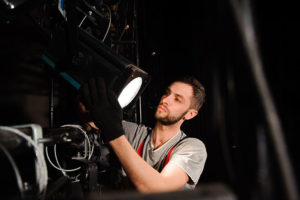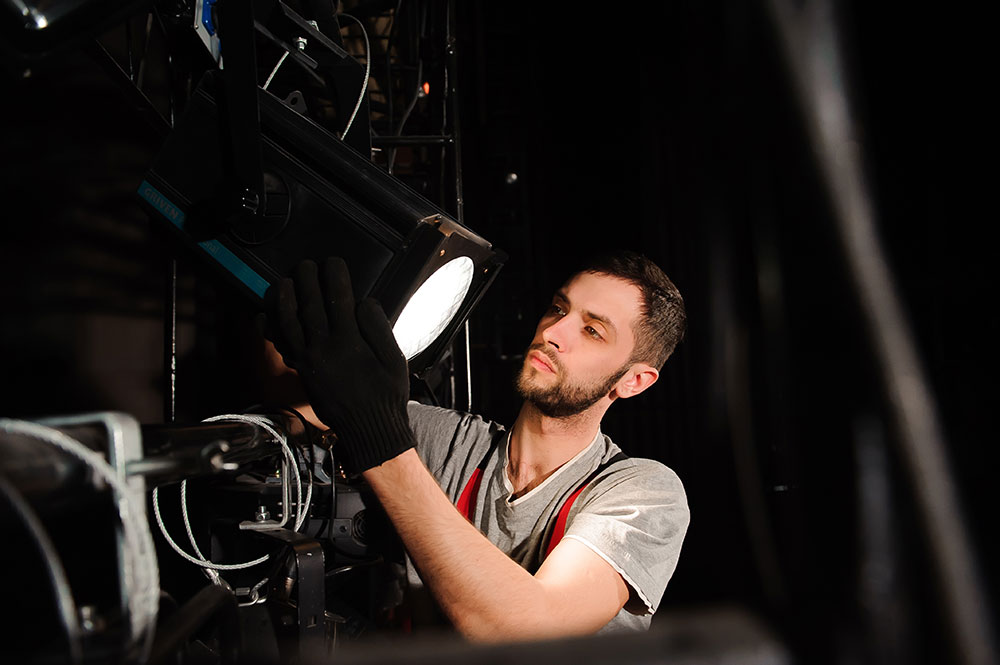Disclaimer: The information on our website is provided for general information purposes only. We make no representations or warranties of any kind, express or implied, about the completeness, accuracy, reliability, suitability or availability with respect to the website or the information contained on our website for any purpose. Any reliance on such information is therefore strictly at your own risk and we are not liable for any damages or losses arising out of or resulting from your reliance on any information contained on our website.
Set and exhibit designers design and create special exhibits and television, movie, and theater sets based on available locations, evaluation of scripts, research information, and budgets. Their designs and prop sets may include stylistic and architectural elements appropriate to the time period that is to be depicted and would include props like rugs, lamps, furniture, and pictures along with detailed lighting, layout, construction, and other necessary design or props.
Watch the following video to learn what a set designer does:
How to Become a Set and Exhibit Designer
People starting out in this career generally have a bachelor’s degree in a program such as design and visual communications or theatre design and technology. You can also become certified in Exhibition Management by the International Association of Exhibitions and Events.
Job Description of a Set and Exhibit Designer

Set and exhibit designers typically confer with clients and staff to determine the budget, location, and requirements for the project. They will also research information and review the script. They also may attend production meetings and rehearsals to gather additional information. These designers prepare rough drafts and working drawings of sets, such as property construction, floor plans, and scenery.
Set and exhibit designers meet with other professionals such as lighting and sound specialists so that the production aspects can be coordinated with exhibit layouts or set designs. They may also research architectural and stylistic elements related to the period of time to be depicted and select props to compliment the set. They also perform proper inspections of installed exhibits to assure they are in compliance with all specifications necessary.
Set and Exhibit Designer Career Video Transcript
On stage or on screen, at a trade show or a museum, a show wouldn’t be complete without the right setting. The creative contributors in the background of our favorite events are set and exhibit designers. It’s a job that mixes imagination with knowledge, artistry with actualization. Some are elaborate, others are simple, but all set and exhibit designs add to a production.
Designers start with an idea. They meet with directors to understand their vision. Set designers may also do research to make their creation as realistic as possible. They prepare drawings outlining their goals, and may make many changes before a final plan is on paper. Designs often have to be done to scale, so careful measuring is involved. Production heads are consulted on a budget and construction begins. Designers coordinate what props have to be bought or created from scratch. Usually a team of workers assists in the setting up.
Set and exhibit designers to coordinate and supervise those workers. Most designers have a bachelor’s degree from a four-year college or university. They’re trained in design and have knowledge of fine arts, architecture, and construction. A creative mind and ability to work with others is important. Hours are usually regular but designers may need to be flexible in working around other exhibits already on display. If you want to help set the stage for creative productions, consider a career as a set and exhibit designer.
Article Citations
National Center for O*NET Development. 27-1027.00. O*NET OnLine.

